From Aargau to New York: the story of the Guggenheim family
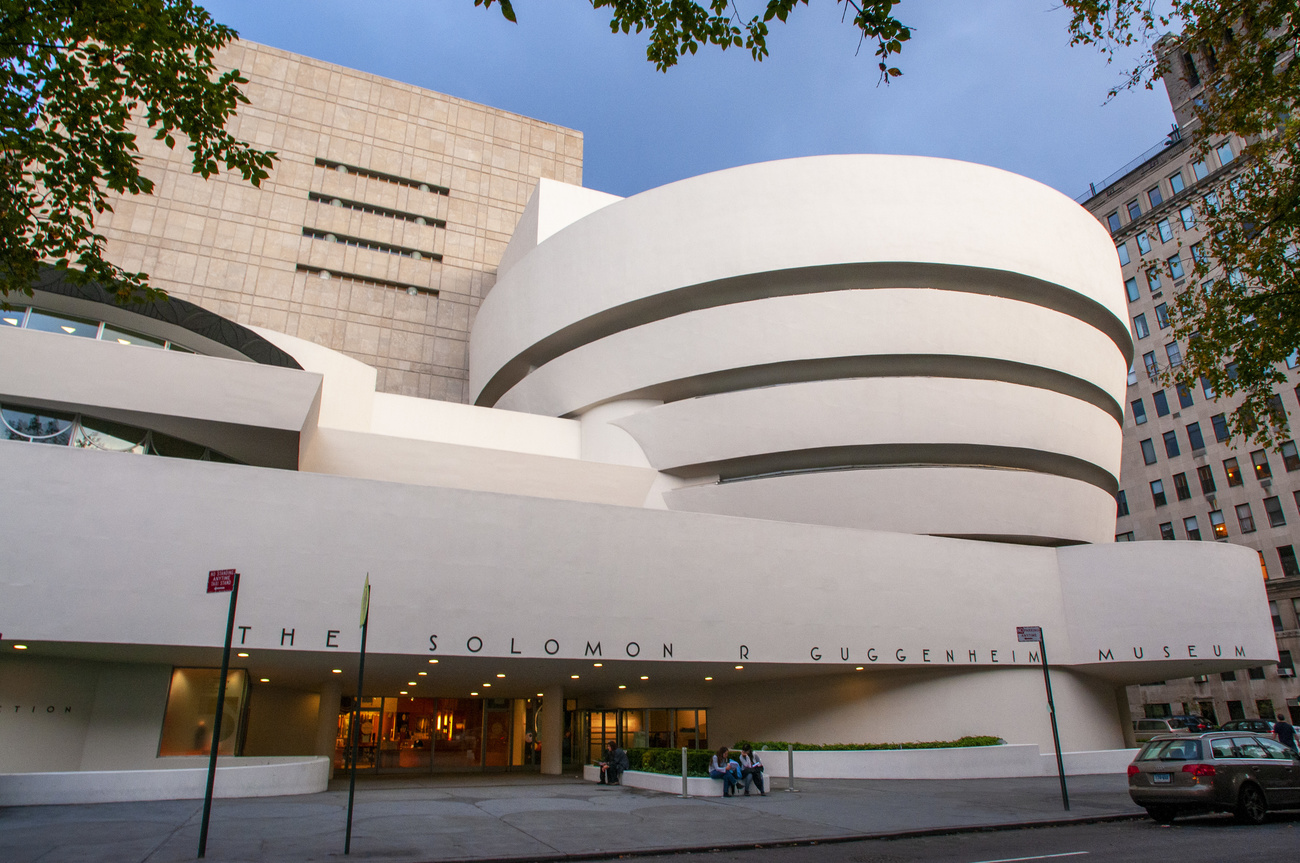
The spectacular Guggenheim museums in New York, Venice and Bilbao attract art lovers from all over the world. The success story of the Guggenheims, a family of American industrialists, began from humble beginnings in a village in northwest Switzerland.
The Guggenheim family is best known for its exceptional art collection. But the history of the family and its famous museums began in Lengnau, a Swiss village in canton Aargau.
At the beginning of the 19th century, Simon Guggenheim fell into poverty after giving up his job to care for his sick wife. His son Meyer was six years old when his mother eventually died. He and his five siblings were placed with different foster families. Simon was assigned a legal guardian. Meyer, meanwhile, tried to earn money after school, selling articles from door-to-door.
“Those were difficult times in the 19th century. A time of hunger,” explained Roy Oppenheim, a journalist who has studied the Jewish history of Lengnau. “Canton Aargau had to give people soup several times a week to prevent them from starving.”

After his wife’s death, Simon Guggenheim wanted to remarry. His fiancée, the widow Rachel Weil, already had five children from her first marriage. The local Christian authorities thought he would be unable to provide properly for the family.
“He was forbidden from getting married because he was supposedly too poor,” said Oppenheim. “There were many reasons for the veto, some were also a pretext.”
Rachel Weil, Simon Guggenheim and 19-year-old Meyer Guggenheim therefore decided to emigrate to America, where there were no marriage restrictions. They hoped they would find work and build better lives.
Swiss support emigration of the poor
“Emigrating was an adventure. At that time there were mostly sailing ships, so the crossing could take over a month,” said Oppenheim.
The adventure was funded by the Swiss state. “Swiss communities supported this. Poor people in particular often had to apply for support to emigrate,” he explained.
Swiss municipalities hoped to get rid of poor citizens via one-off support. As a result, tens of thousands of Swiss citizens left the country.
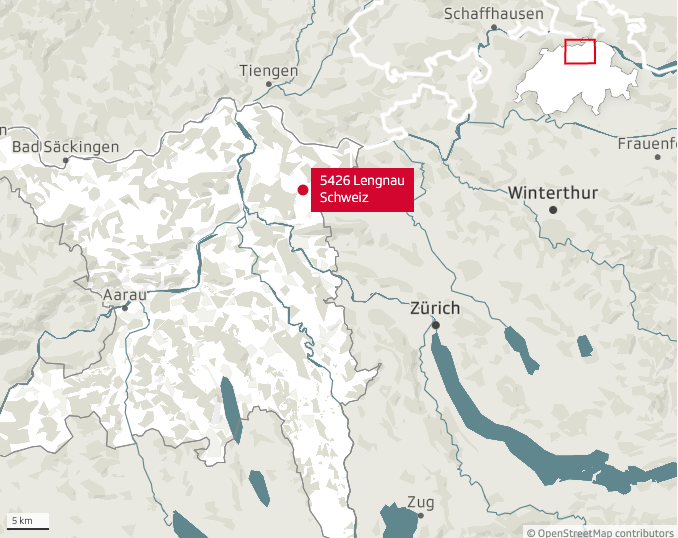
Meyer Guggenheim also received support from the local community, said Oppenheim. “But it wasn’t quite enough.” This is also why the departure of some of his family was delayed. “The morning the Guggenheims were supposed to leave, two of their daughters were miserable. They felt sick,” said Oppenheim. “The others simply left the two of them behind.”
Their American Dream begins
The rest of the family departed. At the beginning of 1849, the Guggenheims and the Weils boarded a ship in Le Havre, France, and left for the US. There, Simon Guggenheim was able to finally marry Rachel Weil. Meyer also had wedding plans: during the crossing, he had fallen in love with Barbara Weil, one of Rachel Weil’s daughters.
Meyer Guggenheim finally married the daughter of his father’s second wife, laying the foundations for their American Dream.
However, money remained tight. Meyer continued doing what he knew best from his school days: working as a door-to-door salesperson. The Guggenheims started out as peddlers in the US, says Oppenheim.
Meyer and Barbara soon opened a small shop and sold whatever they could to make money. Their first big-seller was a cheap coffee-like drink. This was followed by a stove polish, which they said didn’t stain housewives’ hands. Their family was also growing. Barbara gave birth to ten children, including Solomon in 1861.
Talking Swiss German
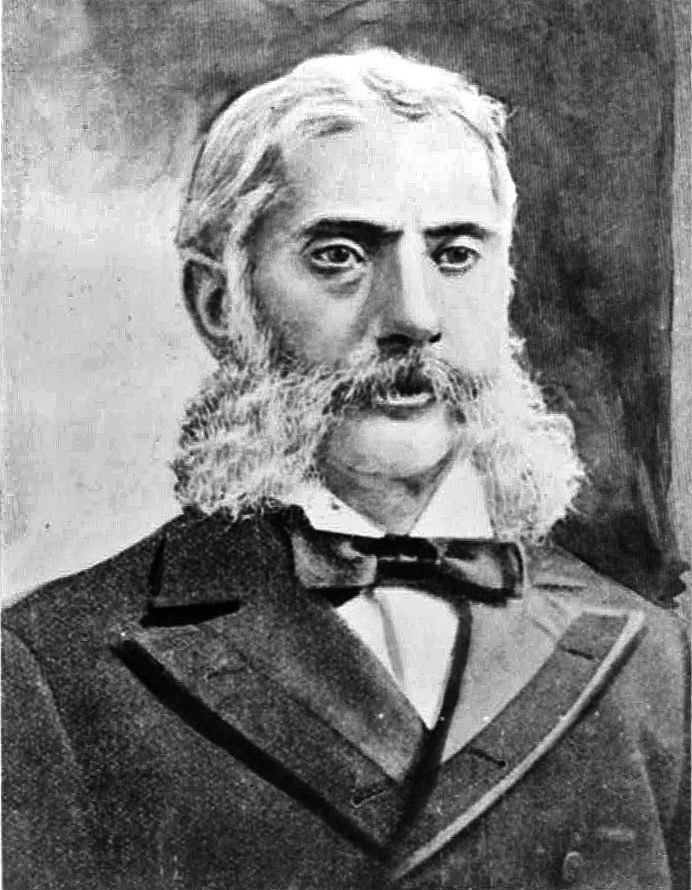
By 1870, Meyer Guggenheim had become a spice wholesaler; in 1873 he started producing lye [an alkaline product obtained by leaching wood ashes with water, commonly used for washing and in soapmaking]. The family later bought a bankrupt railway line cheaply, which became a key part of the US rail network. Later the Guggenheims were able to sell it for a huge profit.
They also invested in an embroidery factory in St Gallen and imported goods from their homeland to America. Meyer and Barbara’s sons became increasingly involved in the family business.
Roy Oppenheim said the language spoken by the Guggenheims caused amusement in the US. They didn’t speak English very well and they had an accent. “The Americans thought it was Yiddish. In fact it was Swiss German.”
From industry to art
At the end of the 19th century, one of Meyer Guggenheim’s sons bought shares in a lead and silver mine in Mexico. His $5,000 investment quickly soared to $15 million, or the equivalent of $500 million in today’s money.
At the end of the 19th century, the Guggenheims were among the three richest families in the US, alongside the Rockefellers and the Vanderbilts, said Oppenheim. “It’s touching to see how they worked their way up,” he said.
The entire history of the Guggenheims is a story of advancement: “The Guggenheims came from poverty, from a little Swiss farming village.”
Later, with big money came their interest in culture. The first family member to start dealing in art was Solomon Guggenheim. He collected works by Wassily Kandinsky, the pioneer of abstract art. Other big names were added thanks to the help of Solomon’s niece Peggy: they included works by Pablo Picasso, Paul Cézanne, Salvador Dalí, Piet Mondrian, Pierre-Auguste Renoir, Vincent Van Gogh and Jackson Pollock.
Given the short length of time it took to build up their collection, this is “a great achievement”, said Oppenheim.
Jewish communities in Surbtal
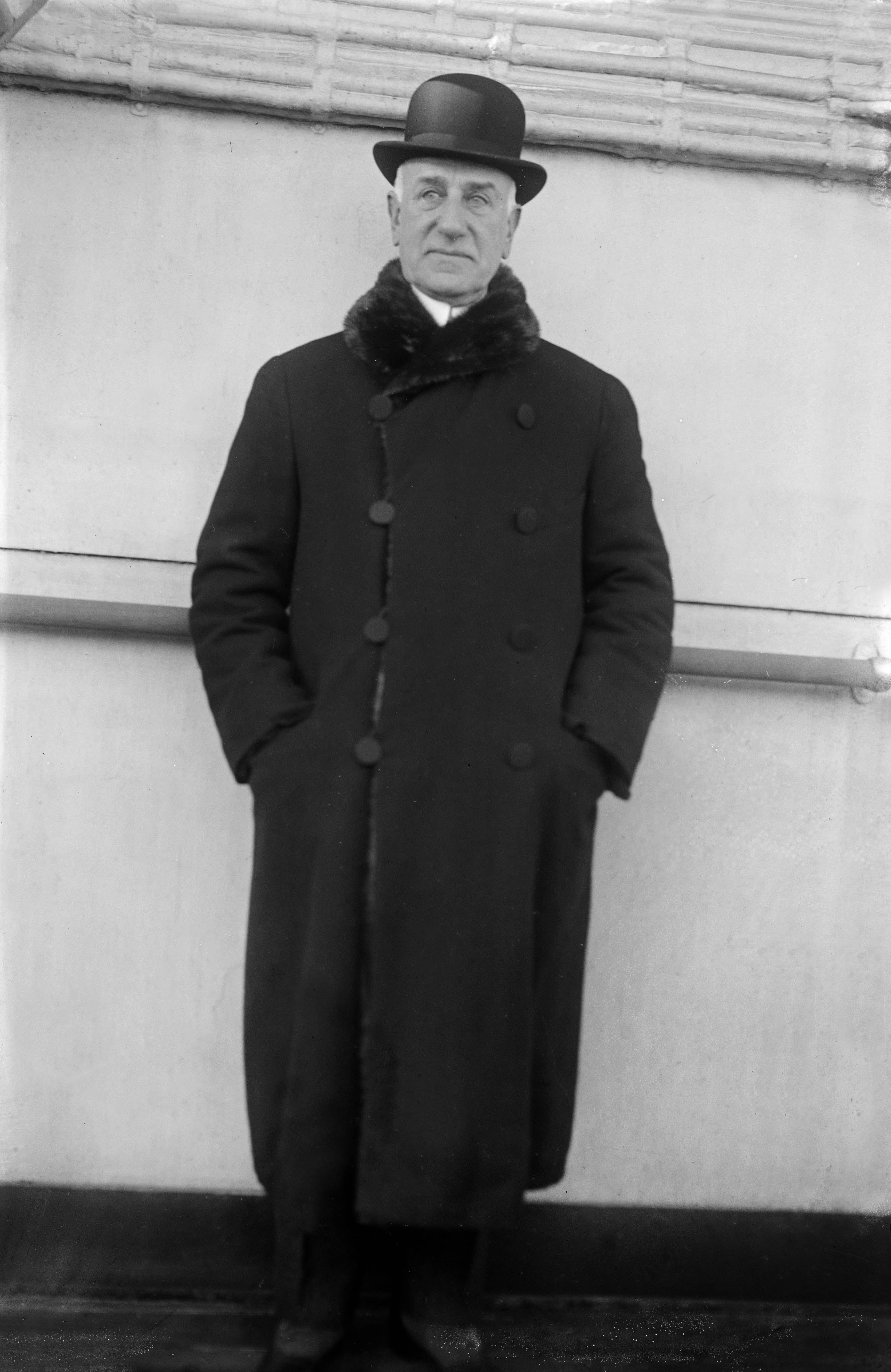
Within a generation, the Lengnau family had worked its way to the top in America. But the Guggenheims never forgot where they came from. In 1903 they founded a retirement home in Lengnau. It is still in use today as a retirement home of different faiths.
Jews still run the home. It is the only place in Lengnau where you can still eat kosher food today, said Oppenheim. This is one of the reasons why he is always a guest at the retirement home when he leads groups of visitors through the village. But fewer Jews live in the two villages, which were the only place of residence open to Jews in Switzerland until 1866.
But that’s not a big deal as the Jews have the State of Israel today, says Oppenheim. But the disappearance of Jewish voices makes it difficult to remember the former coexistence in the two Swiss villages.
Shedding a tear in Aargau
Today, the Guggenheims only have a vague connection to Lengnau. “Not everyone is proud that they come from a small farming community,” said Oppenheim. The section of the family behind the Guggenheim museums is now in the upper echelons of American society, he added.
If any descendants of the Guggenheim family visit Surbtal, canton Aargau, many of them usually contact Roy Oppenheim. These have included a relative of Meyer Guggenheim who was in charge of the global financial services company Guggenheim Partners. Oppenheim took him to the old Jewish cemetery, which is located between Lengnau and Endingen.
“In the cemetery I put him in front of the two gravestones of his great-great-great-great-grandparents, who are buried in Lengnau. As we stood in front of the grave, I saw a tear in his eye,” he said. The relative was incredibly touched, he added: “He had come to another world: a farming village in canton Aargau that produced people like him.”
Adapted from German by Simon Bradley

In compliance with the JTI standards
More: SWI swissinfo.ch certified by the Journalism Trust Initiative
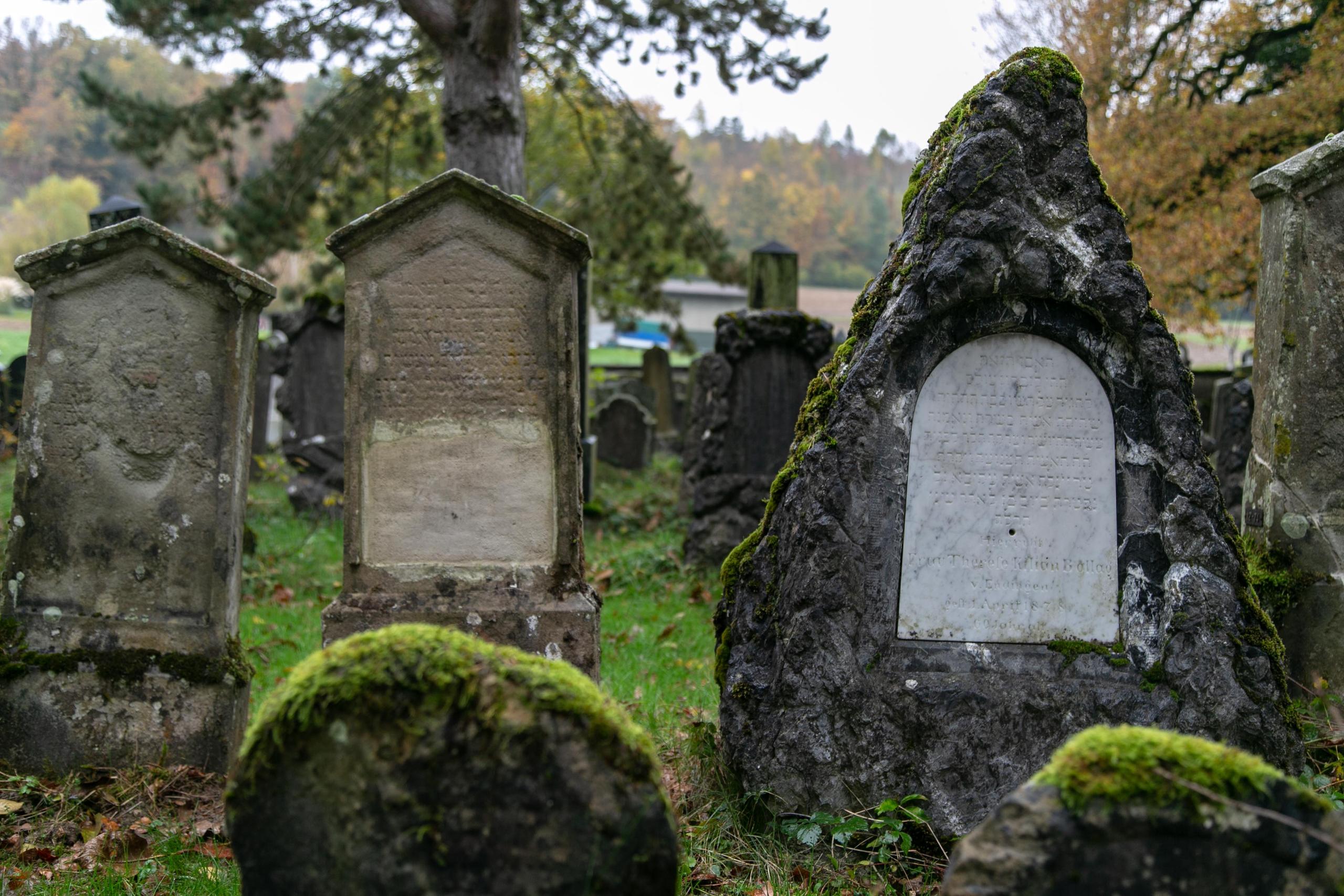
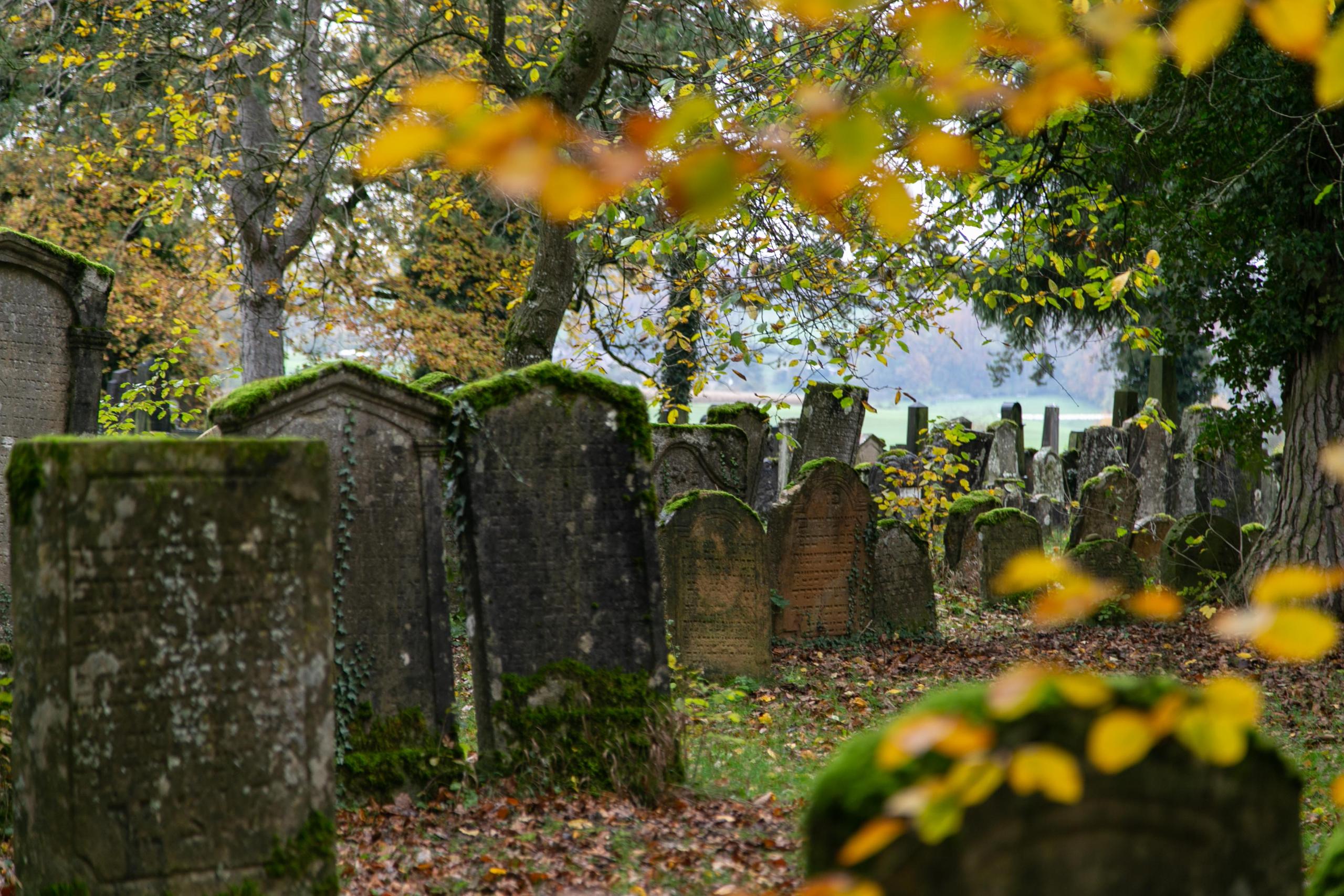
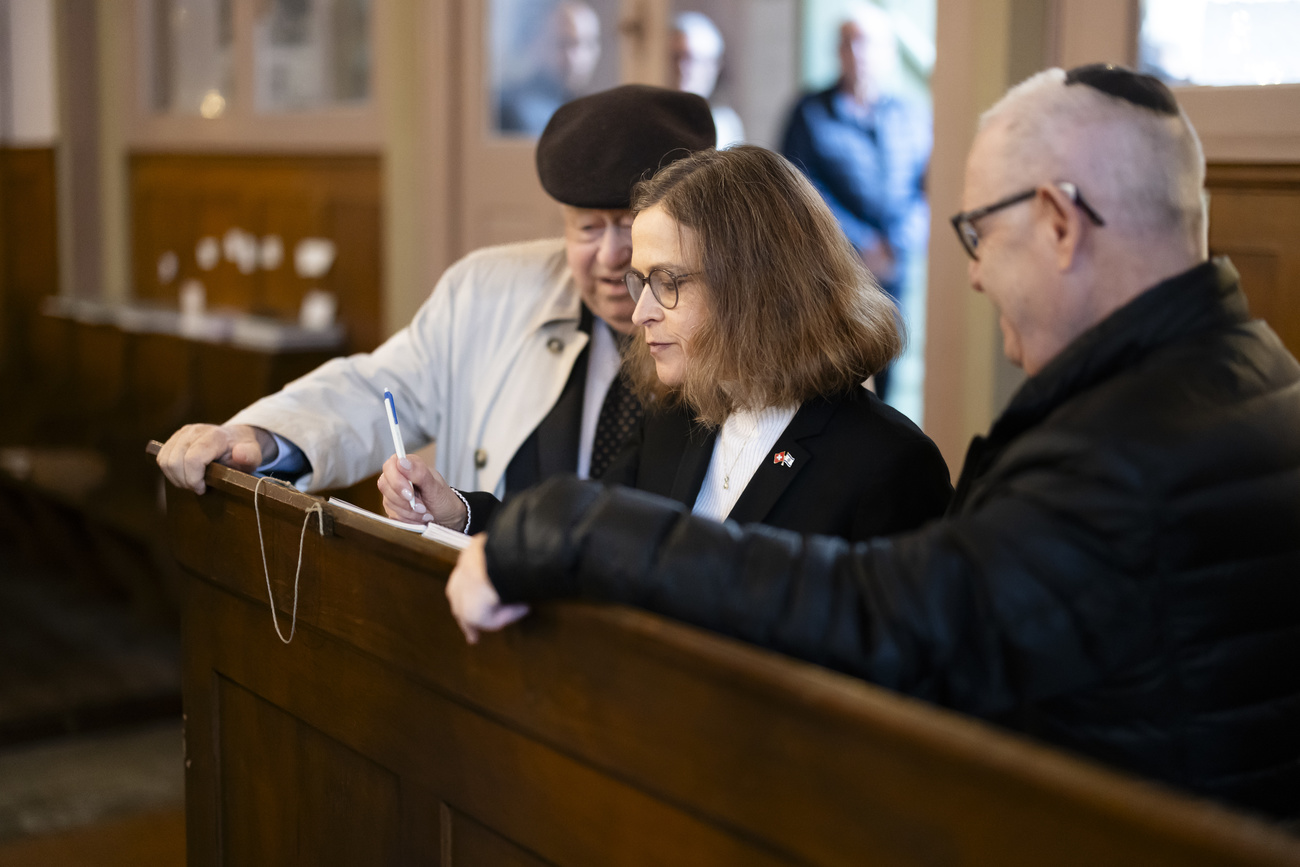

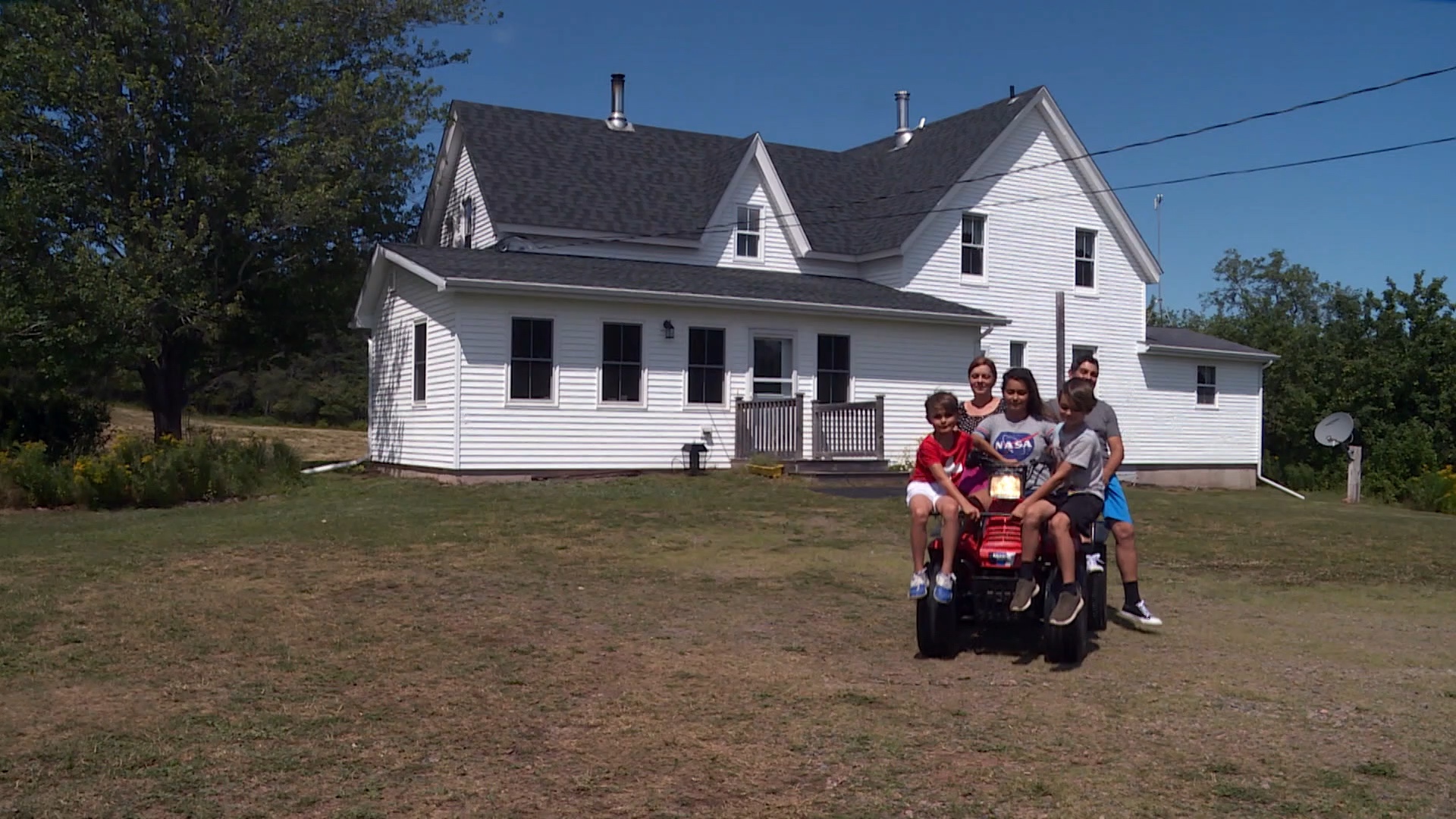
You can find an overview of ongoing debates with our journalists here. Please join us!
If you want to start a conversation about a topic raised in this article or want to report factual errors, email us at english@swissinfo.ch.